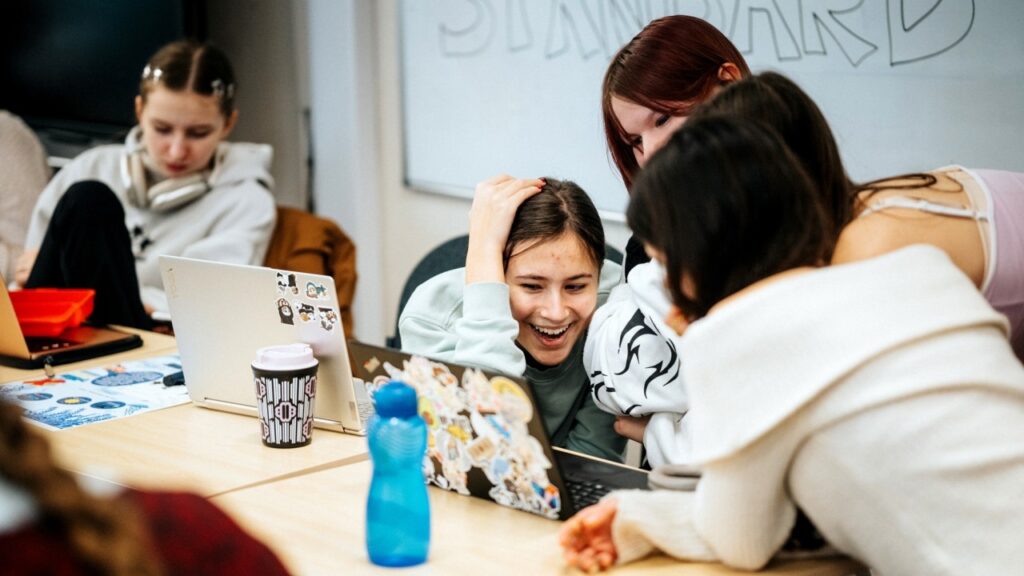
In today’s fast-paced world, students and lifelong learners alike face the challenge of absorbing more information in less time. Whether you’re preparing for exams, pursuing higher education, or engaging in professional development, the ability to study effectively has never been more essential. Maximizing your study time is not about spending countless hours at your desk—it’s about using smart, research-backed techniques that improve focus, retention, and comprehension. Here is a detailed guide to making the most of your study time using proven methods that can transform your learning experience and help you achieve better results in less time.
The first and most fundamental principle of effective studying is active learning. Unlike passive reading or rote memorization, active learning involves engaging directly with the material. This can include summarizing information in your own words, teaching it to someone else, creating concept maps, or testing yourself with flashcards. When you interact with the material on a deeper level, you’re far more likely to understand and remember it. Tools like the Feynman Technique, where you explain a concept as if teaching it to a beginner, are excellent for reinforcing understanding and identifying gaps in your knowledge.
One of the most efficient study strategies backed by cognitive science is spaced repetition. This technique involves reviewing information at increasing intervals over time, which strengthens memory retention and prevents forgetting. Instead of cramming all at once, breaking study sessions into spaced intervals—using apps like Anki or Quizlet—ensures that material is revisited just as it begins to fade from memory. Spaced repetition is especially effective for subjects that require long-term retention, such as languages, history, and medical studies.
The Pomodoro Technique is another powerful method that enhances productivity and concentration. This time management strategy involves studying in short, focused bursts—typically 25 minutes of work followed by a 5-minute break. After four “Pomodoros,” take a longer break of 15 to 30 minutes. This approach reduces mental fatigue, keeps motivation high, and helps maintain sustained attention throughout your study session. By breaking tasks into manageable chunks, the Pomodoro Technique can significantly improve your ability to absorb information efficiently.
Setting specific goals for each study session can dramatically increase your effectiveness. Instead of sitting down with the vague intention of “studying math,” try to define a clear objective such as “complete five algebra problems and review the quadratic formula.” SMART goals—Specific, Measurable, Achievable, Relevant, and Time-bound—provide structure and help track progress. When you know exactly what you need to achieve during each session, you’re more likely to stay on task and make meaningful progress.
Creating a dedicated, distraction-free study environment is essential for maximizing focus. Choose a quiet, well-lit space with minimal interruptions. Keep your study area organized and free of clutter, and consider using tools like noise-canceling headphones or background music to enhance concentration. Digital distractions are among the biggest productivity killers, so put your phone on silent, use website blockers, or apps like Forest and Focus@Will to help maintain your attention on the task at hand.
Multisensory learning involves engaging more than one sense during the learning process, which helps reinforce memory and understanding. For example, you can listen to educational podcasts while taking notes, use color-coded charts or diagrams, or combine reading with speaking out loud. By activating different parts of the brain, multisensory learning helps information stick better and can be especially helpful for learners who struggle with traditional reading-based study methods.
Taking practice tests is one of the most effective ways to prepare for exams. Not only do they help you assess your knowledge, but they also mimic test conditions, which reduces anxiety and builds confidence. Regularly quizzing yourself—either with past papers, online quizzes, or self-generated questions—reinforces memory and highlights areas that need more focus. The testing effect, as it’s called, has been shown to enhance long-term retention significantly more than passive review.
One often underestimated factor in effective studying is the role of sleep, exercise, and nutrition. Sleep is crucial for memory consolidation, meaning that pulling all-nighters can actually hinder performance. Regular physical activity boosts brain function, increases energy levels, and reduces stress. Meanwhile, a balanced diet rich in omega-3 fatty acids, antioxidants, and hydration supports cognitive health. Taking care of your body directly impacts your brain’s ability to focus, process, and recall information.
Visual aids can transform complex information into digestible, memorable content. Diagrams, charts, infographics, and timelines make it easier to see relationships between ideas and retain large amounts of information. Mind mapping, for instance, allows you to organize information in a structured, visual way that mirrors the brain’s natural thinking patterns. When you draw connections between topics, you build a deeper understanding and create a mental “map” that’s easier to recall later.
Studying in a group can offer fresh perspectives, accountability, and motivation—especially when done right. Group members can explain difficult concepts, quiz each other, and discuss topics in a collaborative way. However, it’s important to keep the group focused and productive by setting a clear agenda and avoiding distractions. Peer learning not only helps reinforce knowledge but also builds communication and teamwork skills that are valuable beyond academics.
Reflection is a critical yet often overlooked step in the learning process. After each study session, take a few minutes to review what you learned, what strategies worked, and what you can improve next time. Keeping a study journal or using a reflection template can help you track your growth and refine your approach over time. Self-assessment fosters metacognition—the ability to think about your own thinking—which is a powerful skill for independent learning.
Using digital tools and apps can enhance your study experience and organization. Tools like Trello for planning, Evernote for note-taking, and Notion for building custom study dashboards help you stay organized and efficient. Time-tracking apps can identify when you’re most productive, while focus apps can help limit distractions. When used strategically, technology becomes a valuable ally in your study routine rather than a source of distraction.
Finally, it’s important to recognize that everyone has a unique learning style. Some people thrive with auditory methods, while others prefer visual or kinesthetic approaches. Experimenting with different techniques and adapting based on what works best for you is key. There is no one-size-fits-all method, so flexibility and self-awareness will ultimately help you find the most effective strategy for your goals.
In conclusion, effective studying is not about working harder but studying smarter. By incorporating techniques like active learning, spaced repetition, the Pomodoro method, and regular self-testing, you can dramatically improve the quality and efficiency of your study sessions. Supporting these methods with a healthy lifestyle, distraction-free environment, and reflective practices ensures a holistic approach to learning. Whether you’re a student gearing up for exams or a professional pursuing new certifications, mastering these strategies will help you make the most of your study time and achieve lasting success.



